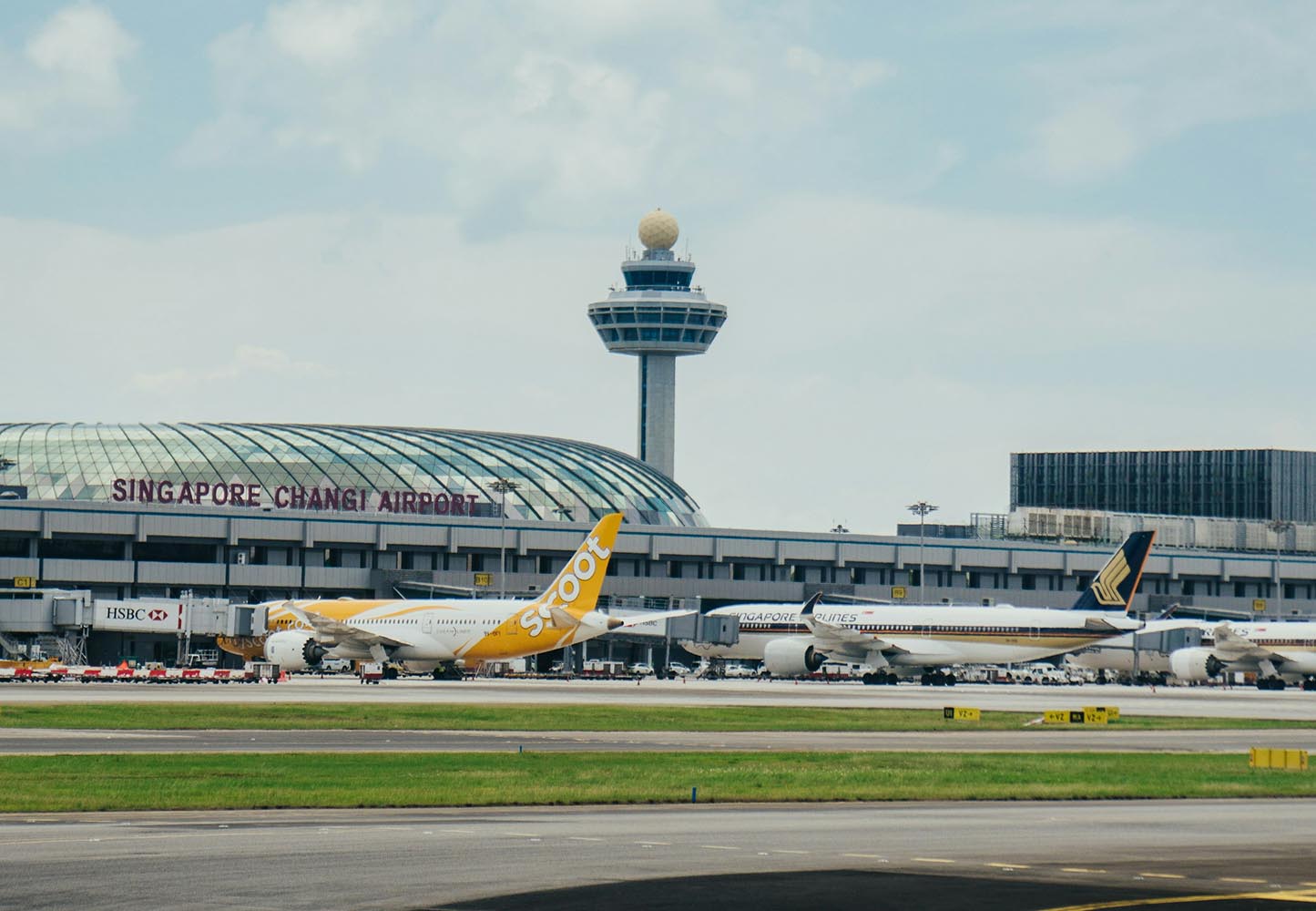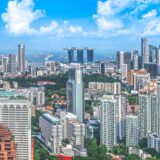
Singapore outlines plan to reach net zero aviation emissions by 2050
Singapore’s Minister of Transport Chee Hong Tat unveiled the Singapore Sustainable Air Hub Blueprint on February 19th, presenting the city-state’s roadmap to decarbonise its aviation industry.
The Blueprint, developed by the Civil Aviation Authority of Singapore (CAAS), sets a goal of net zero domestic and international aviation emissions by 2050. Interim targets call for a 20% reduction in airport operations emissions from 2019 levels by 2030.
The Civil Aviation Authority of Singapore oversees the country’s aviation industry, airport operations and air navigation services. Its mission involves sustaining air hub growth while raising environmental and productivity standards.
Initiatives span airport, airline and air traffic management domains, including expanded use of solar power, central procurement of sustainable aviation fuels (SAF), efficiency enhancements and more. Policy measures also aim to spur sustainable growth while maintaining competitiveness.
A SAF mandate requires flights departing Singapore to use 1% SAF blended with 99% jet fuel starting in 2026. This should rise to 3-5% by 2030 as supply expands. Ticket surcharges will fund SAF purchases based on volume needs and market pricing.
“Singapore takes a balanced approach enabling aviation growth with sustainability for future generations,” said Chee. The Blueprint aligned recommendations from a 2022 international advisory panel.
CAAS will submit the plan to the United Nations (UN) aviation agency this month. The director general said its collaborative development means measures can catalyse regional and global sustainable progress.













